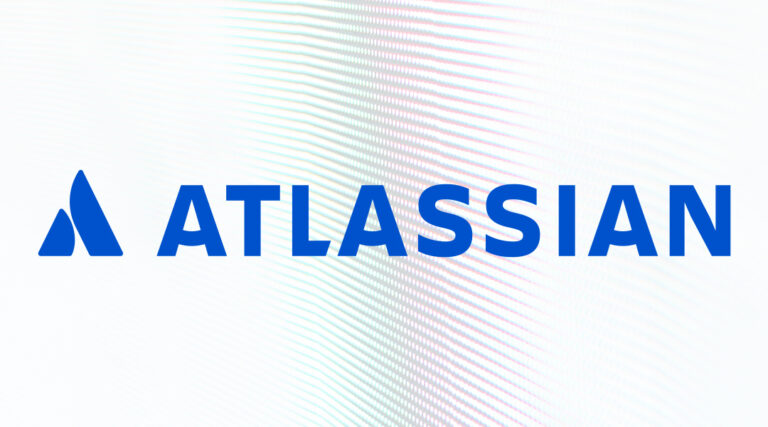
Atlassian has declared a virtual rebuild of its core Jira cloud product to coincide with its latest results announcement today – though many existing users will have been living with at least some of the new features and integrations for some time.
That is the nature of modern software development afterall. New features and elements can be pushed into production quickly, and canned even quicker if customer reaction is suitably negative.
Speaking to Devclass this week, Sean Regan, head of growth for Software Teams at Atlassian, said Jira now has less than 1 per cent founder code, following a rework that had begun at the time of its IPO in 2015.
That resulted in a split of the code between the on-prem version of the workflow and issue tracking platform, and its cloud counterpart, which was moved to Amazon and a microservices architecture – something many of its customers will have also done.
“That move totally changes how you build software and it totally changes what you need Jira to do and how Jira should function and teams should work,” said Regan.
“The team is really evolving from just software engineers or developers to a more squad or triad model where you might have design, marketing, and analytics as well,” Regan said of software development in general. “Jira has been totally re-engineered to respond to these modern software trends. We went through those trends ourselves.”
We’re guessing that means lots of graphics for marketing amongst other things. But a large part of what the vendor is highlighting now is devolution of the administration and management of workflows to team level, with easier configuration and more structured roadmaps and much clearer boards to track work.
Small changes, big pictures
Atlassian said individual teams can now create “big picture” roadmaps with a few clicks. Likewise, they can configure their own workflows and filters, as well as permissions.
“When you have ten teams shipping ten different things on ten different schedules it’s mayhem,” said Regan. “Jira plays a great role in bringing order to that chaos but it needed something else.”
“Most of the developers I know wear headphones and I think the reason they do is they’re tired of product managers coming and tapping them on the shoulder going ‘hey when’s this thing done’,” added Regan.
A demo of the latest iteration shows views that look startlingly similar to Trello – which Atlassian bought last year – though Regan said there was no common code.
“Jira is incredibly powerful but a bunch of times it’s been deployed in a way that’s overdone – a bit over structured – a bit too difficult to work. We learned a couple of things from Trello about simplicity and ease of use.”
While the company has chosen this week to announce the new Jira, Regan said that the new features had all been tested with customers – something the reworked model had allowed.
“We ran 500 million feature flags during the development of this. We surfaced changes, measured their satisfaction. Everything has been tested with customers in some way”
Further integration between its other products will come thick and fast. Regan said the company’s model allowed for much faster product development. Users of Jira and Bitbucket can expect much closer integration of workflows between the products over the coming weeks.
Regan said the new Jira architecture, with much more reuse of common components between its product lines, meant it had been able to build its recently launched Jira Ops product in three months: “There’s not a startup out there that could build Jira ops in three months from scratch.”
